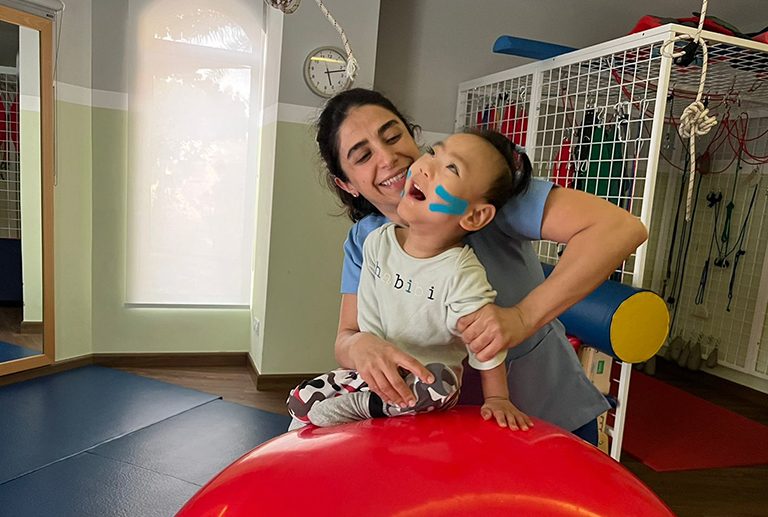Steps To Implement Pediatric Physiotherapy At Home

Pediatric physiotherapy is a highly effective treatment method for children with physical disabilities, developmental delays, or injuries. It involves the use of various techniques and exercises to help improve the child’s motor skills, strength, flexibility, balance, and coordination. While most parents prefer taking their child to a physiotherapist in a clinic setting, it is also possible to implement pediatric physiotherapy at home.
Here are the steps you need to follow to successfully carry out pediatric physiotherapy Dubai at home.
Set up a safe space:
A quiet and spacious area at home allows a child to move freely during physiotherapy exercises. A soft mat or carpet provides cushioning to prevent discomfort or injury. Removing obstacles and sharp objects ensures a safe environment. Proper lighting and ventilation also make the space more comfortable for each session.
Follow a routine:
Scheduling physiotherapy at the same time each day helps build consistency. Short and regular sessions are more effective than long, tiring exercises. Starting with simple movements and gradually increasing the duration helps maintain interest. Including breaks between exercises prevents fatigue and keeps the child engaged.
Use simple exercises:
Exercises should match the child’s ability and comfort level. Gentle stretches improve flexibility, while balance activities strengthen coordination. Crawling, reaching, and light resistance exercises encourage muscle development. Using toys, balls, or interactive activities makes exercises more enjoyable. Caregivers can also introduce fun challenges to keep the child interested.
Encourage movement through play:
Games that involve movement help a child stay active while making exercises enjoyable. Activities such as hopping, rolling a ball, or playing catch strengthen different muscle groups. Dancing to music or following simple obstacle courses adds variety. Keeping exercises playful and lighthearted increases motivation.
Observe posture and movements:
Watching a child’s posture during exercises ensures they are performing movements correctly. Gentle guidance supports better form and prevents strain. Encouraging slow and controlled motions instead of rushed movements improves effectiveness. If a child feels discomfort, adjusting the activity makes it more suitable for them.
Stay patient and supportive:
Progress may take time, so encouragement helps maintain a positive attitude. Praising small achievements boosts confidence. If a child shows resistance, introducing different activities keeps sessions fresh and engaging. Gentle reassurance makes physiotherapy a stress-free experience.
Monitor progress and adjust activities:
Keeping track of improvements helps in selecting the right exercises over time. Small achievements such as better balance, smoother movements, or increased flexibility show progress. Adjusting exercises based on changes in strength or coordination keeps the sessions effective. Consulting a physiotherapist for new activities ensures continued development.